One of the ways that geologist visualize what the inside of the Earth looks like is by using sound. Much like an ultrasound is used to look at a baby in the womb we can use seismic waves from earthquakes to see what the inside of the Earth looks like. By seeing how long it takes for a sound wave to make it to another location on the surface of the Earth we can deduce what type of material it's moving through in the asthenosphere. The asthenosphere is one of the layers inside of the Earth as depicted in the following image...
Anyway, after many years of research that involved testing the arrival of sound waves from earthquakes around the world, an anomaly was discovered in New England. Basically, the sound waves are depicting a mass of warmer rock rising up through the mantle. Now, eventually, this mass could make it to the surface and develop a new volcano in New England. Maybe not.
I've read some articles saying that this new mass of magma may eventually form a new supervolcano in the northeast and I just don't believe it. The author of the study that discovered this mass of warmer rock said very clearly in his report that this is not magma. Therefore, I don't even know if this is going to create a new volcano let alone a supervolcano. But what I do know is that it's going to take tens of millions of years for really anything to happen. In fact, it'll probably take at least 50 million years for any noticeable change on the surface. By then, New England is going to look very different because of erosion and whatever else the depths of geological time have in store for us.
So sleep well tonight knowing that if you live in the northeast of the United States you're safe from underground volcanoes. I'll be sure to give you a heads up if anything changes in our lifetime.
P.S. If you do want to see mountain building action, look no further than the Adirondacks. They are, in fact, still growing in height. They are very geologically different and very geologically separate from the Appalachian mountains, including the Catskills. I'll have another post on that sometime soon.
Sources:
https://pubs.geoscienceworld.org/gsa/geology/article-abstract/doi/10.1130/G39641.1/522870/seismic-evidence-for-a-recently-formed-mantle?redirectedFrom=fulltext
https://www.scientificamerican.com/article/new-england-is-sitting-on-a-bed-of-hot-rocks/
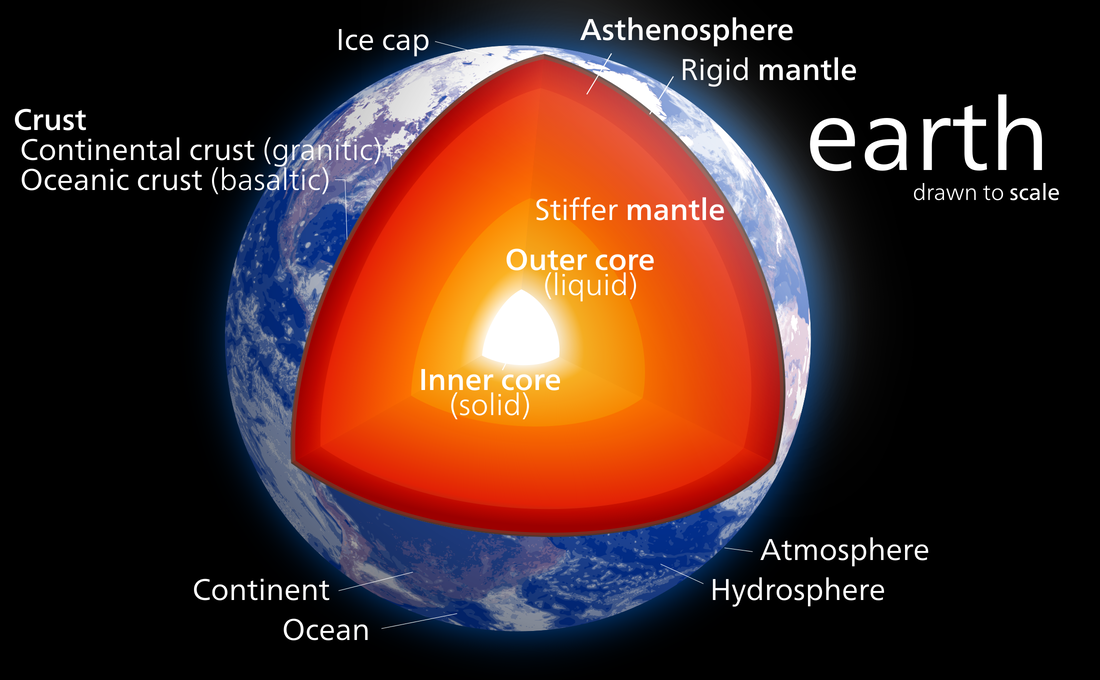
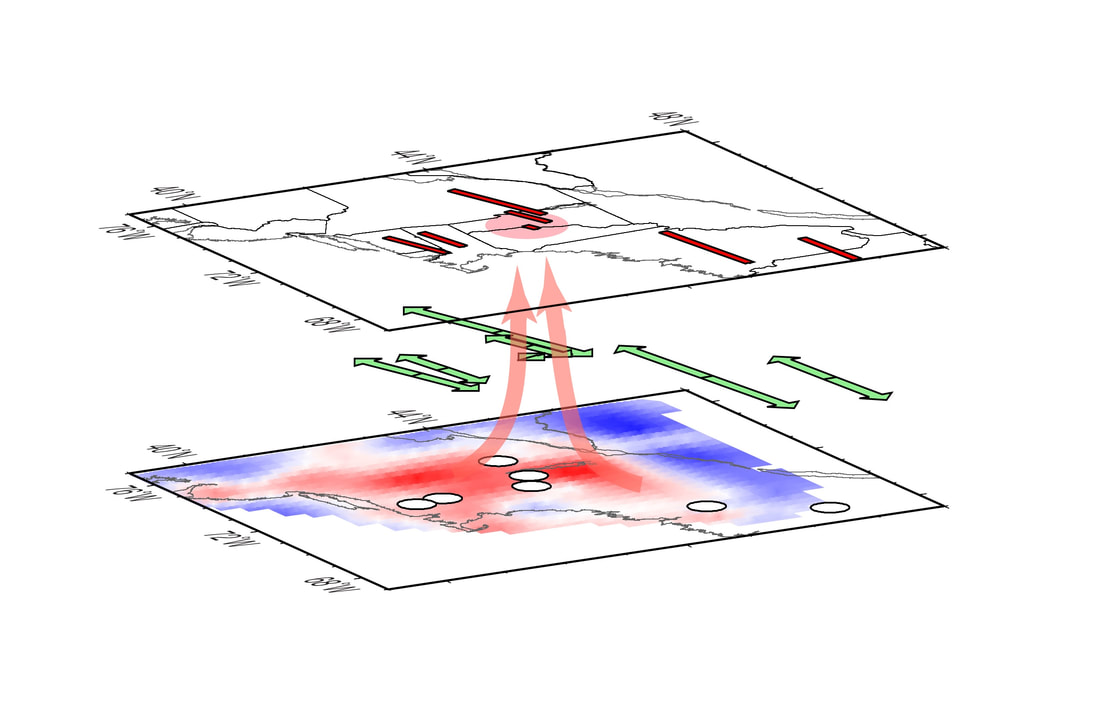

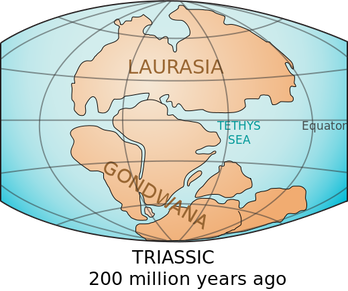
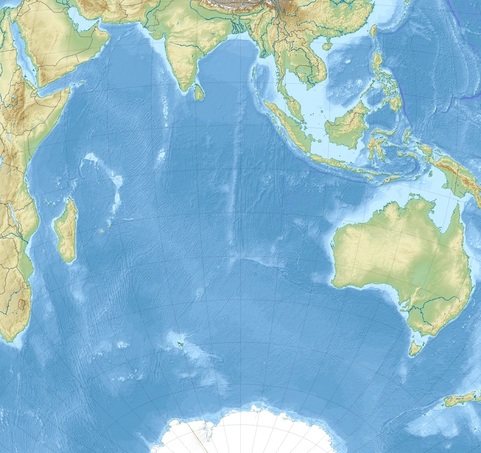
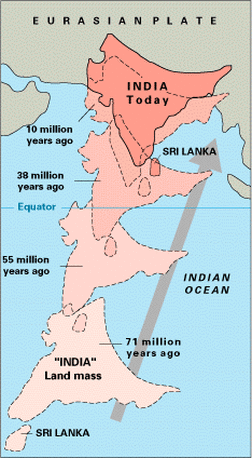
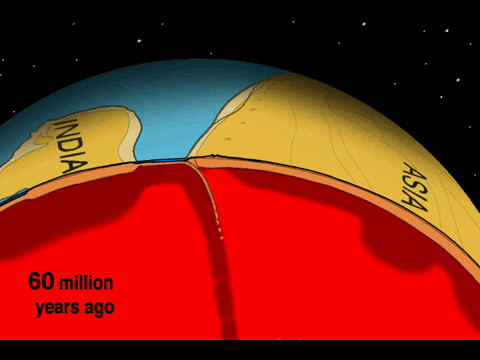
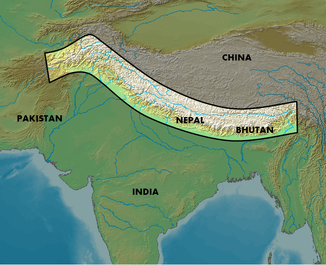
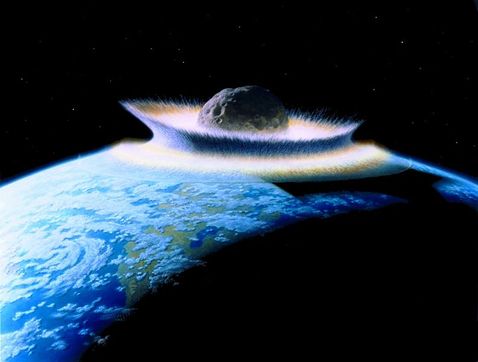
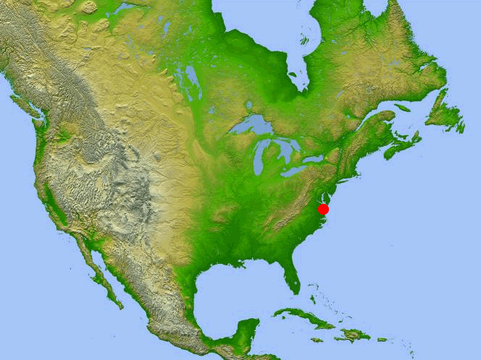
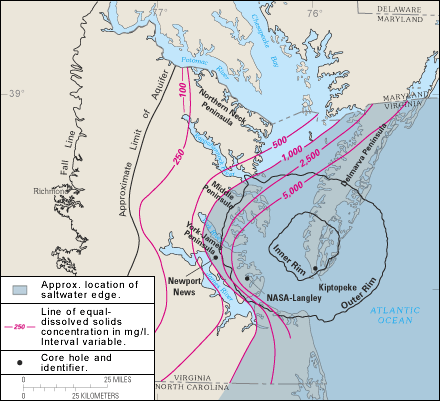
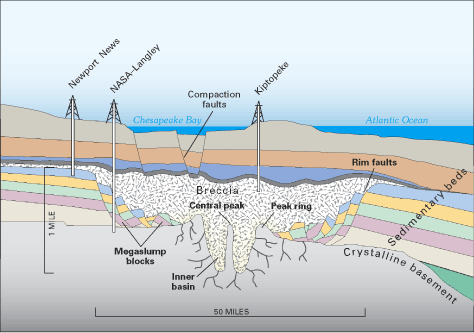
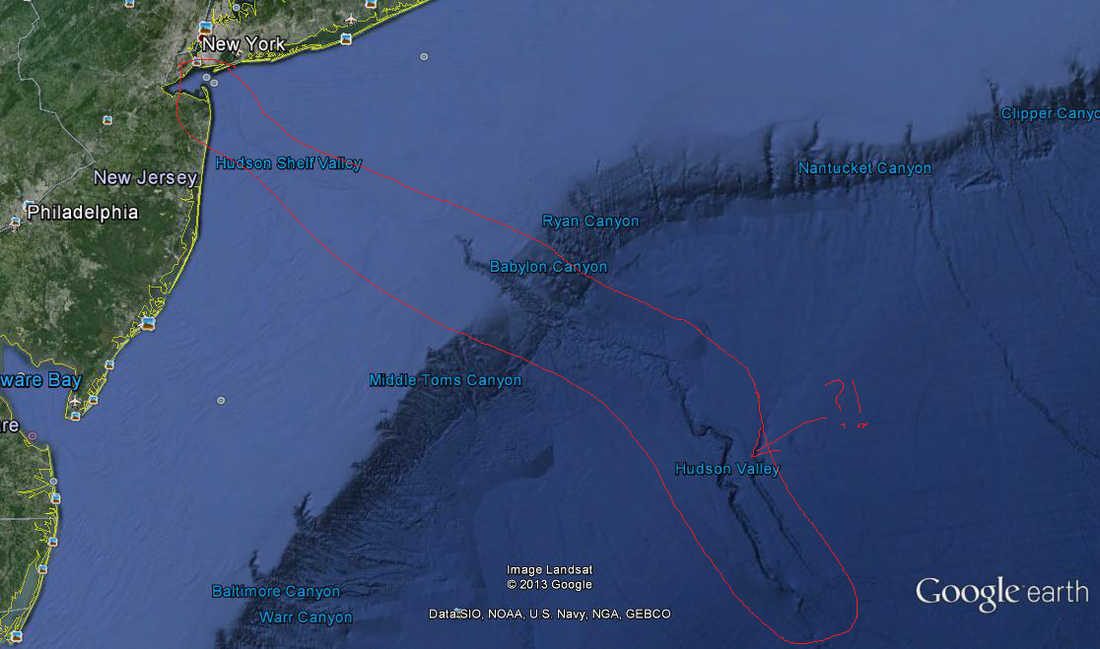
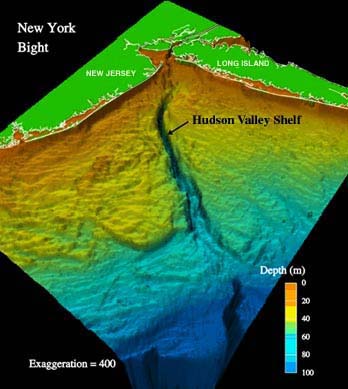
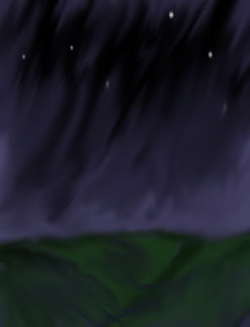
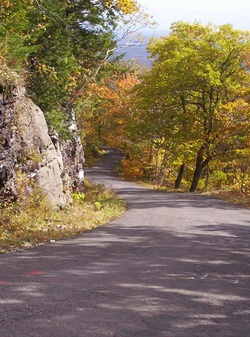
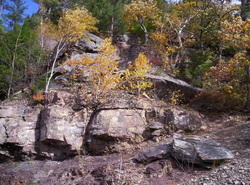

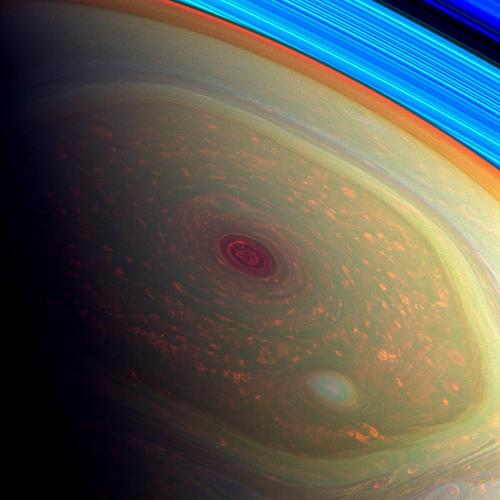
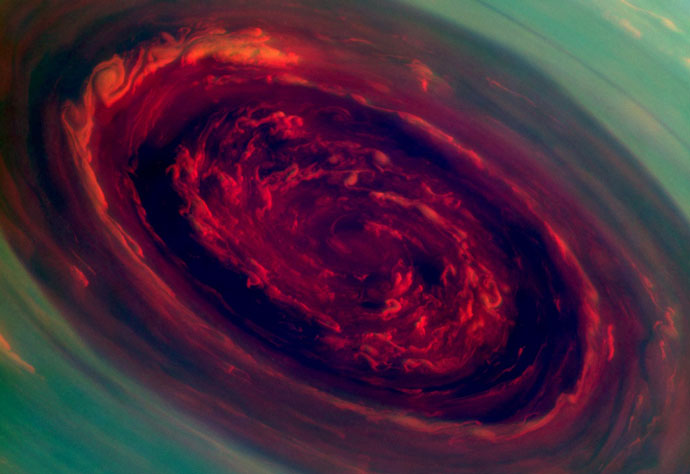

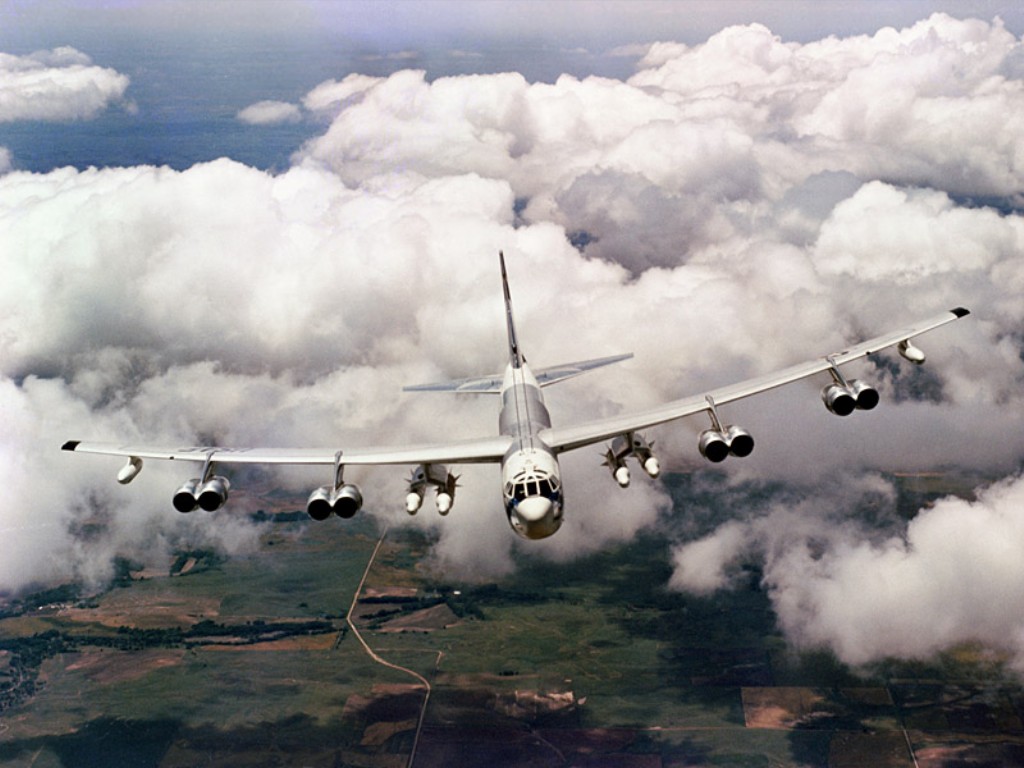
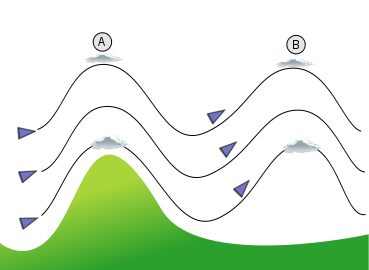
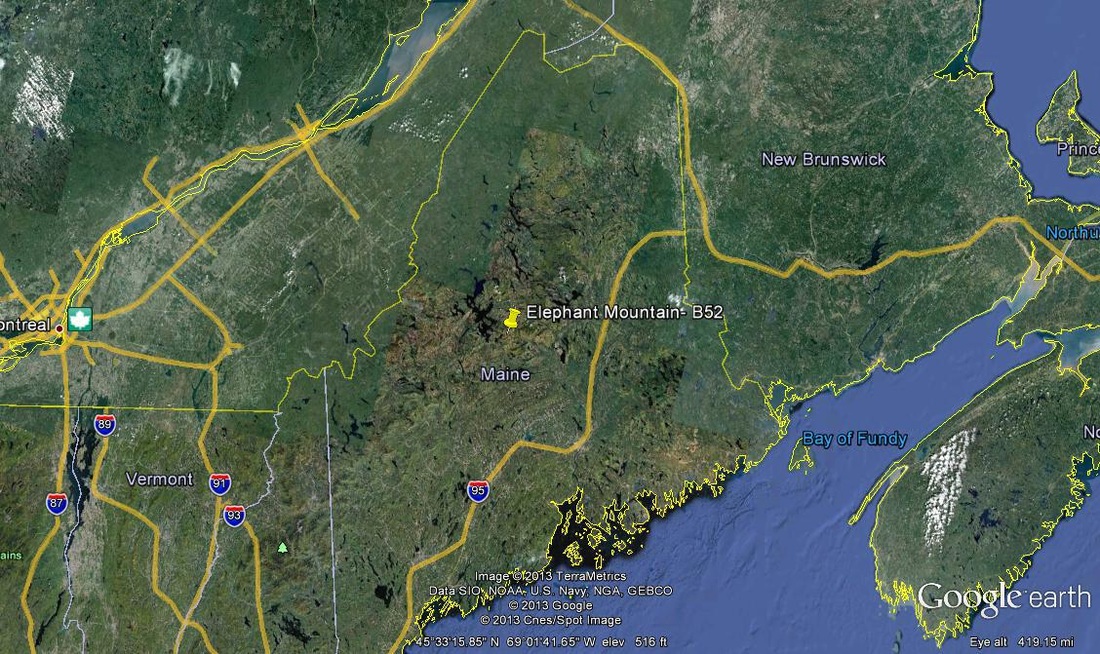
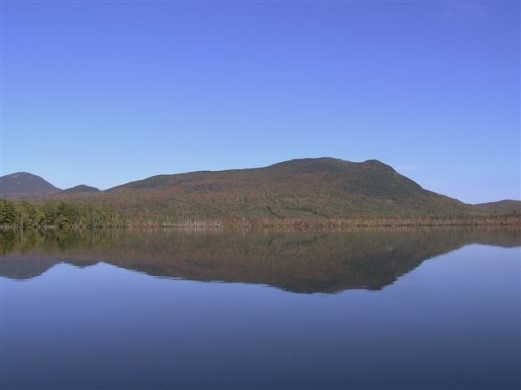
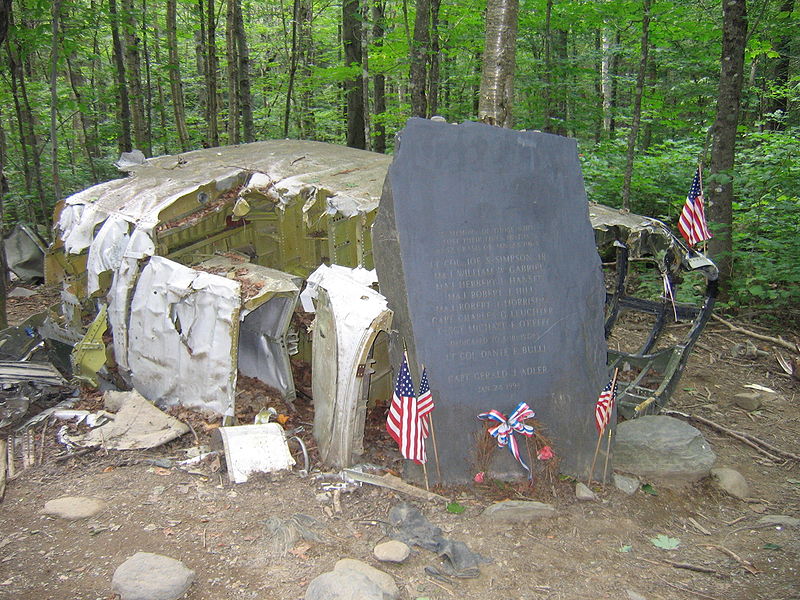
 RSS Feed
RSS Feed
